1. What is Energy Efficiency?
Standby power and power consumed by electrical appliances are proportional to carbon dioxide emissions, and the increase in carbon dioxide emissions, a greenhouse gas, threatens the survival off mankind due to global warming and climate change. Accordingly, countries around the world are fulfilling their obligations to regulate carbon dioxide gas emissions, and have strengthened the efficiency certification system for energy-using products to fulfill the climate agreement. The main content of the regulations is to limit greenhouse gas emissions below a certain level for each country, and in case of non-compliance, there is a high possibility of being disadvantaged such as trade regulations.
Energy efficiency means using less energy to perform the same function. To address the energy shortages facing humanity, regulatory authorities in major countries around the world have enacted laws that set minimum energy efficiency requirements for all types of energy-using products.
Compliance with energy efficiency standards is a mandatory requirement in major markets worldwide. Efficiency testing is a necessary process to meet legal requirements, reduce oxygen dioxide emissions of electrical appliances and meet efficiency standards.
2. Major Test Items in Energy Efficiency
| No | Name of test item | Summary of test |
| 1 | Standby power measurement test | This is to determine the power consumption of a range of products in relevant low power modes such as standby mode, off mode and network mode, generally where the product is not in active mode (i.e. not performing a primary function). |
| 2 | Power consumption measurement test for audio, video and related equipment | This is to determine the power consumption under normal use of television sets, video recording equipment, Set Top Boxes (STBs), audio equipment, television sets and multi-function equipment for consumer use. |
| 3 | Energy consumption test for refrigerating appliances | This is to determine the power consumption under the specufied temperature conditions of each compartment and the specified climatic conditions. Energy Efficiency is closely related not only to the power consumption but also to the volume of the compartment. |
| 4 | Energy consumption test for electric cookers | This is to determine the power consumption under the specified test conditions such as water temperature and mass of water. |
| 5 | Luminous efficiency determination test for LED lamps | This is to determine the luminous efficiency according to measurement of luminous flux, power consumption, color rendering index and etc... |
| 6 | Lighting performance test | This test is to measure the optical characteristics of total luminous flux, electrical power, luminous intensity distribution, peak intensity, beam angle, chromaticity coordinates and correlated color temperature of solid-state lighting products such as LED luminaires, LED modules and LED lamps for illumination purposes under the standard conditions. |
3. Major Test Equipment
4. Certification Schemes
| Certification Scheme | Process / Contents |
|
(Vietnam/VNEEP) | (1) Certification overview Among energy-consuming products distributed in Vietnam, regulated items according to Decision 04/2017/QD-TTg must meet the applicable technical standards for each item and must have an energy efficiency label attached. Only local importers can apply for certification, and labels are classified into energy efficiency certification labels (applied to lighting, office/commercial equipment, and industrial equipment), energy efficiency rating labels (applied to home appliances) and vehicle labels. (2) Products subject to certification 1) Home appliances (11 products) 2) Office and commercial equipment (4 products) 3) Industrial equipment (3 products) (3) Certification procedure 1) Test conducted at a designated testing laboratory |
|
(Korea/MEPS) | (1) e-Standby Power Program The e-Standby Power Program is a mandatory reporting system to expand the supply of outstanding standby power reduction products that reduce standby power consumed when electrical/electronic products are not in use and to promote the development of related technologies. Office equipment is always connected to the socket-outlet during operating times, but it is not used for a long time. Even if the monitor is plugged into a power source, a certain amount of power is consumed after the power is turned off. The energy cost that is wasted during the standby time exceeds 10% of the electricity consumption in the domestic and commercial sectors. Manufacturers (importers) can mark energy saving symbol on products that meet the published standby power reduction standard, and if they do not meet the standard, they must mark a standby power warning symbol. ◆ Products subject to reporting (2) Efficiency management equipment operation regulations Energy Consumption Efficiency Rating Labeling Scheme is a mandatory reporting system for consumers to easily purchase energy-saving products with high efficiency and for manufacturers/importers to produce and sell energy-saving products from the production/import stage. In this system, efficiency grades are divided into 1 to 5 grades according to energy consumption efficiency or energy consumption, and the Minimum Energy Performance Standard (MEPS), which is the lower limit of energy consumption efficiency, is applied. ◆ Products subject to reporting (3) Reporting process 1) Test conducted at a designated testing laboratory 2) Domestic manufacturer or importer submits application documents with test report to Korea energy agency. 3) Issuance of report confirmation certificate by Korea energy agency 4) Attach energy efficiency label or energy saving label on product |
|
(EU/ERP) | (1) Ecodesign requirements There is worldwide demand for more efficient products to reduce the consumption of energy and other natural resources in line with improving overall sustainability. The EU legislation on ecodesign is an effective tool for improving the environmental performance of products by setting mandatory minimum standards for their energy efficiency. This eliminates the least performing products from the market, significantly contributing to the EU’s energy and climate targets. Ecodesign also supports industrial competitiveness and innovation by promoting better environmental performance of products throughout the internal market. (2) Products that require ecodesign 1) Washing machines and washer-driers 2) Dishwashers 3) Electronic displays 4) Household refrigerators 5) Light sources 6) Refrigerators with a direct sales function 7) External power supplies 8) Electric motors 9) Power transformers 10) Welding equipment (3) EPREL Registration process 1) Test conducted by manufacturer or third-party laboratory 2) Upload the product information to the EPREL by suppliers (manufacturers, importers or authorized representatives) 3) Attach Energy label on product |
|
(USA/Energy Star) | (1) Certification overview Energy Star is a national symbol for energy efficiency in the United States, and is a joint program of the US Department of Energy (DoE) and the Environmental Protection Agency (EPA) to attach the Energy Star mark to products that meet the energy efficiency guidelines. It is applied autonomously to household appliances, building materials, computers, electronic equipment, heating and cooling equipment, pumps, etc., and the efficiency label can only be applied after being tested at a testing laboratory recognized by the US EPA and certified by a third party from a designated certification body. The Energy Star program is voluntary certification, so it is not compulsory, but the US government grants tax benefits based on the Economic Rehabilitation Act for products with the Energy Star mark, which greatly affects marketing and sales. Energy Star is applied not only to the United States, but also to Canada, Australia, Japan, New Zealand, and Europe. (2) Scope of products to apply Energy Star Energy efficiency labels are applied to eight product groups, and target products are continuously being added. http://www.energystar.gov/certified-products/certified-products?c=products.pr_find_es_products 1) Heating & Cooling 2) Appliances 3) Water Heaters 4) Lighting 5) Building Products 6) Office Equipment 7) Electronics 8) Other (3) Certification process 1) Test conducted in a designated test laboratory from accreditation body recognized by EPA 2) Submit application and test result to certification body accredited by EPA 3) Issuance of certificate by certification body accredited by EPA 4) Attach Energy Star label on pro |
|
(USA/CEC) | (1) Overview In 2009, California Energy Commission (CEC) revised the energy efficiency requirements for the following products and established energy efficiency ratings for all products sold in California. Manufacturers must test their products in an approved laboratory and demonstrate that they meet the revised requirements. (2) Scope of products to be certified Clothes washers Clothes dryers Dishwashers Commercial cooking equipment Pool heaters Audio and Visual Products External power supplies Televisions Air Conditioners Heat Pumps Boilers Furnaces Heaters Ice makers Refrigerators and freezers Vending machines Water heaters Wine Chillers CFLs Exit Signs Fluorescent lamps Incandescent lamps Luminaries and tochieres Traffic signals and pedestrian lights Electric motors Transformers (3) Certification process 1) Test conducted in a test laboratory approved by CEC 2) Register test results in CEC Database (MAEDbS); by manufacturer or 3rd party certifier 3) Sell the products in California |
|
(Australia/New Zealand/MEPS) | (1) Certification overview The E3 (Equipment Energy Efficiency) scheme is a joint collaboration between Australian government and New Zealand government, and is a compulsory certification system designed to improve energy efficiency. If interested parties wish to import, sell or manufacture regulated products, they must comply with the Australian Energy Efficiency Regulations. (2) Scope of products to be certified Air Conditioners Battery Chargers Distribution Transformers External Power Supplies Refrigeration – Commercial: Refrigerated Storage Cabinets, Ice Cream Freezer Cabinets, Scooping Cabinets Space Heating and Cooling Water Heating Refrigeration – Domestic Televisions Swimming Pool Pumps Lighting: Incandescent Lamps, Linear Fluorescent Lamps, Transformers & Converters for Halogens, Street and Public Lighting, Compact Fluorescent Lamps, Ballasts for Fluorescent Lamps, Light Emitting Diodes (LEDs) Electric Motors Clothes washers Dishwashers Clothes dryers Computers and Computer Monitors
|












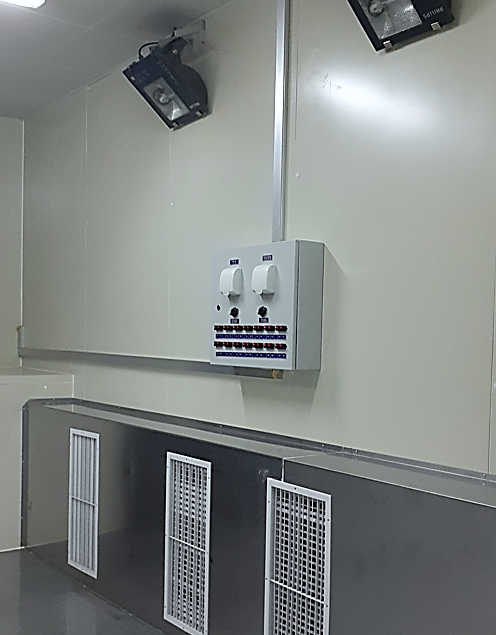



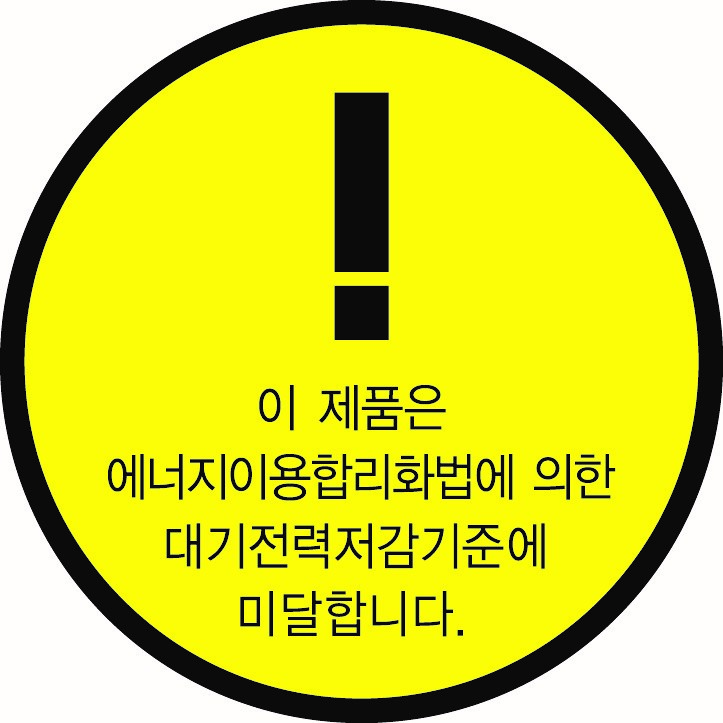
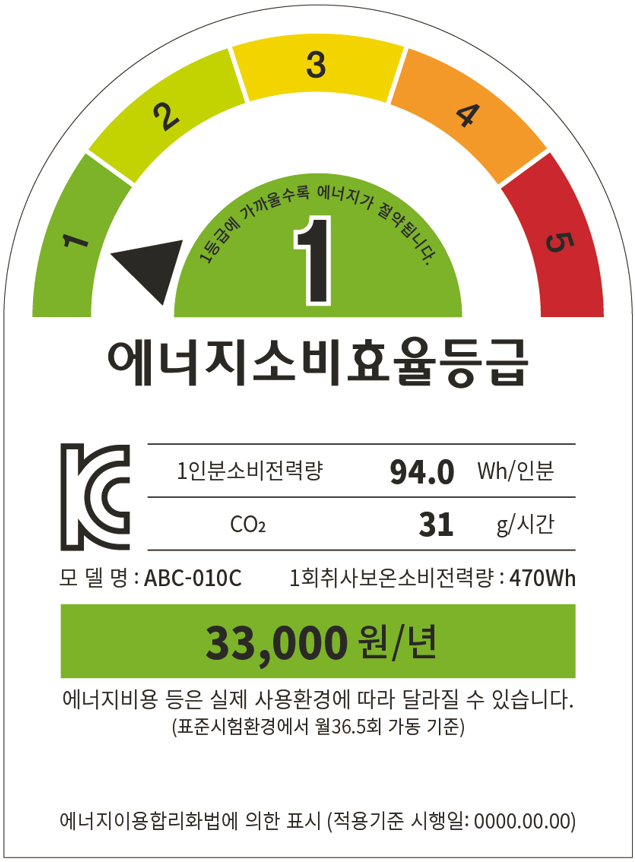

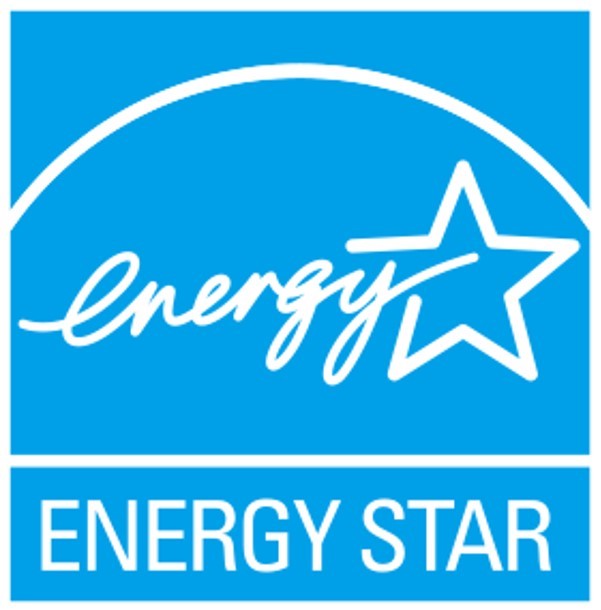
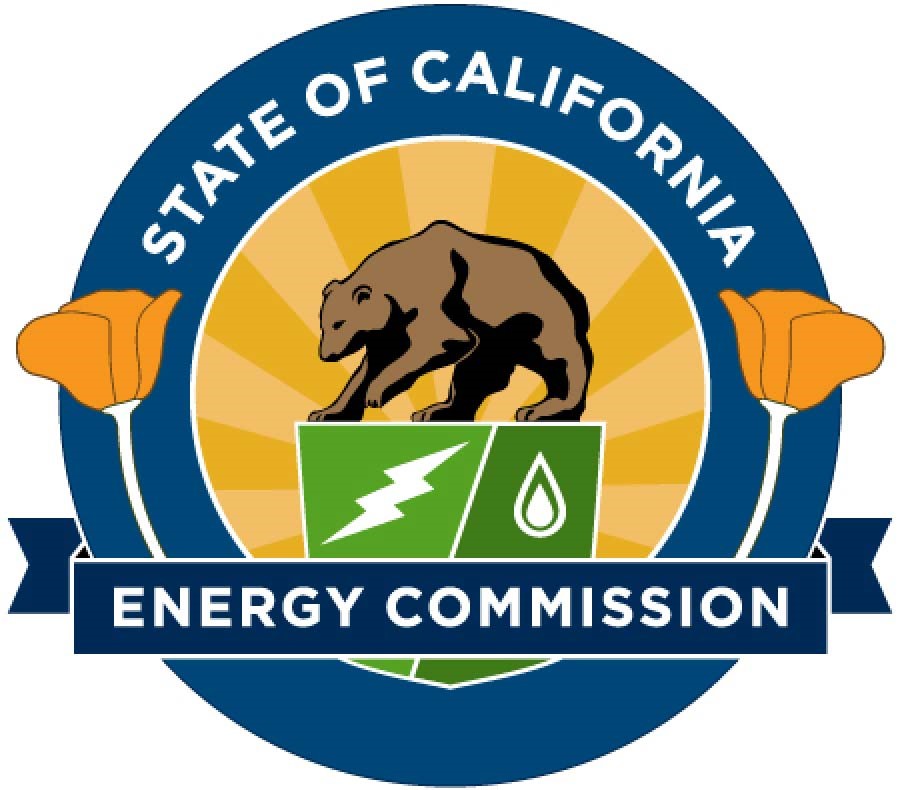


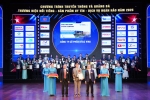
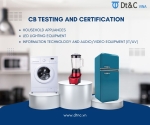
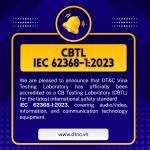

![[MIC] Officially issued QCVN 134:2024/BTTTT - National technical regulation on specific absorption levels for handheld and body-worn radio devices according to Circular 19/2024/TT-BTTTT of Ministry of Information and Communications](https://cdn0577.cdn4s.com/thumbs/qcvn-134_thumb_150.jpg)

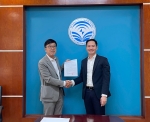

![[Latest] Circular 02/2024/TT-BTTTT regulating the List of potentially unsafe products and goods under the management responsibility of the Ministry of Information and Communications](https://cdn0577.cdn4s.com/thumbs/trang-huy-hieu-the-loai-logo-2_thumb_150.jpg)